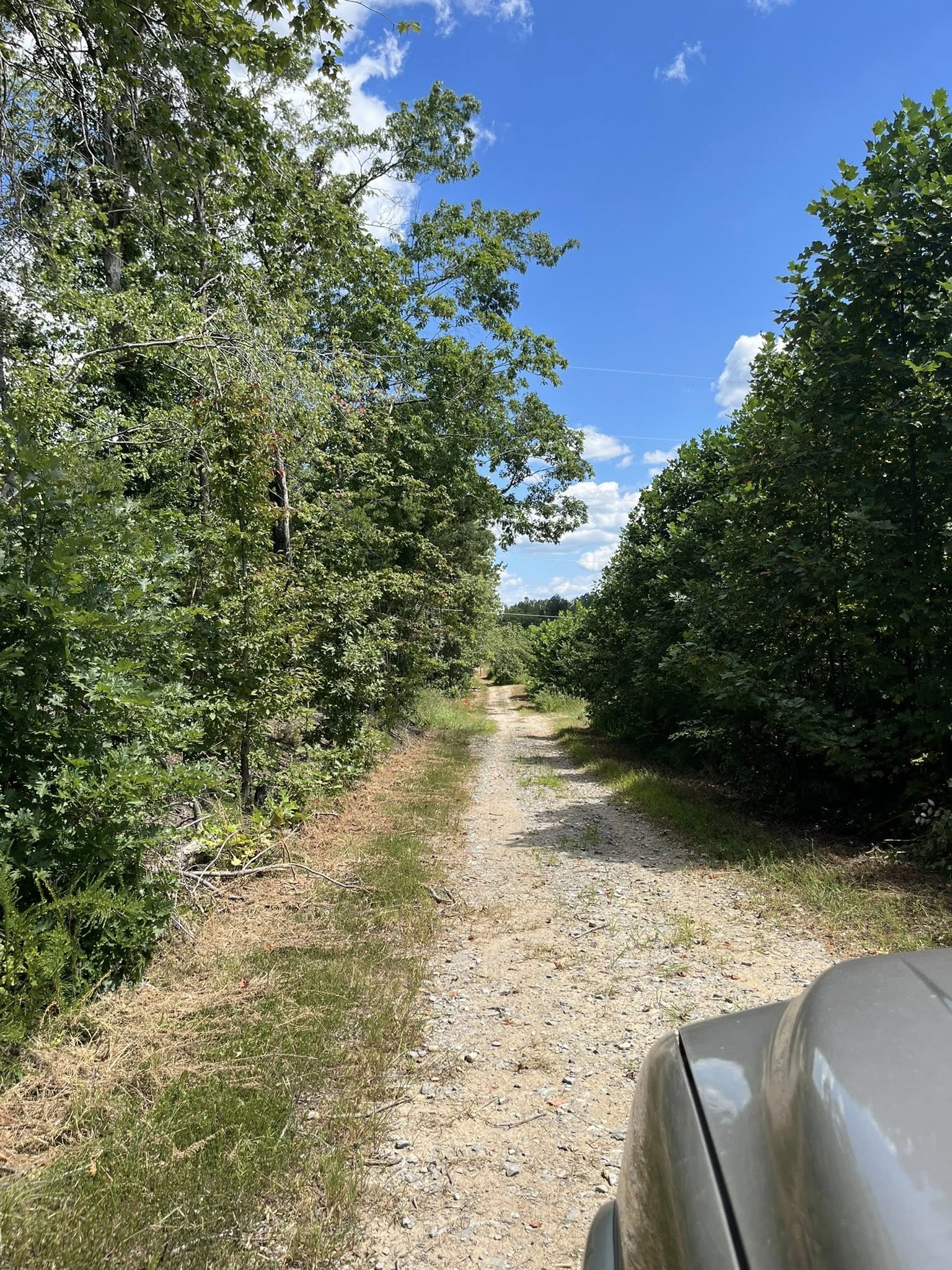
Mastering Erosion Control: Essential Techniques for Protecting Your Land Nov 10, 2025
Understanding the causes and effects of erosion is the first step to effectively managing it. Erosion can occur naturally due to factors such as wind and water, but human activities like construction and agriculture can exacerbate the process. The consequences include reduced land usability, sedimentation in nearby water bodies, and deterioration of plant life. By identifying vulnerable areas and understanding the underlying causes, landowners can effectively implement targeted erosion control strategies.
Vegetation is one of the most efficient and eco-friendly ways to control erosion. Planting grasses, shrubs, and trees helps stabilize the soil by anchoring it with their root systems. Specifically, native plants are ideal because they are adapted to local conditions and require less maintenance. Consider using ground cover plants to prevent soil displacement on slopes. For large areas of disturbed land, reforestation or creating buffer zones with vegetation can significantly mitigate erosion risks.
In addition to planting, constructing retaining walls can be a robust solution for managing erosion. These structures act as barriers that hold back soil in areas with steep gradients. Materials like stone, concrete, or timber can be used depending on aesthetic preferences and budget considerations. Properly designed retaining walls not only prevent erosion but also enhance the appearance of your landscape.
Another vital technique is the use of mulch and matting. Organic mulch, such as wood chips or straw, provides a protective layer over the soil, reducing water runoff and preventing soil displacement. Erosion control mats made of natural fibers offer a similar benefit, particularly on slopes or newly disturbed land. These materials facilitate moisture retention and promote seedling growth while protecting against erosion.
Implementing proper water management systems is also key to controlling erosion. This involves constructing swales, drainage ditches, or rain gardens that direct water away from vulnerable areas. Proper drainage is essential to prevent water from pooling and causing soil erosion. These systems should be part of an integrated approach that acknowledges the unique topography of your land.
Moreover, terracing is an ancient but effective technique suitable for sloping terrains. By cutting steps into the slope, terraces reduce the speed of water runoff and allow water to infiltrate the soil more effectively. This method not only curtails erosion but also creates level planting areas that can be cultivated for various uses.
Regular monitoring and maintenance of these erosion control measures are crucial. Inspect structures like retaining walls and drainage systems periodically for signs of damage or blockage. Updating and enhancing your erosion control practices as your landscape evolves ensures their continued effectiveness.
To conclude, safeguarding your land from erosion involves a combination of strategies, from vegetation and structural interventions to efficient water management. By taking a proactive approach, landowners can preserve the health and value of their property, protecting it from the detrimental effects of erosion. At Southside Land Management, we are dedicated to helping you implement these techniques, tailored to your specific land management needs, ensuring sustainable land use and conservation.
/filters:no_upscale()/filters:format(webp)/media/0d67db5b-f50f-4fd5-966b-bb5cd6ac3ecd.jpeg)
/filters:no_upscale()/filters:format(webp)/media/59a6df6e-1a2a-4086-a312-337dd84a88d8.jpeg)